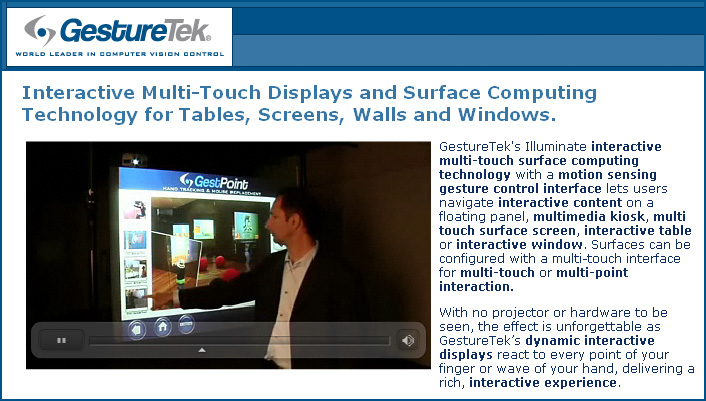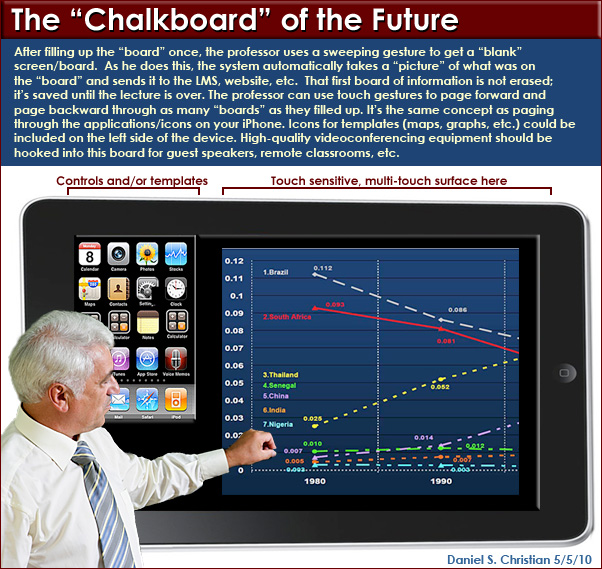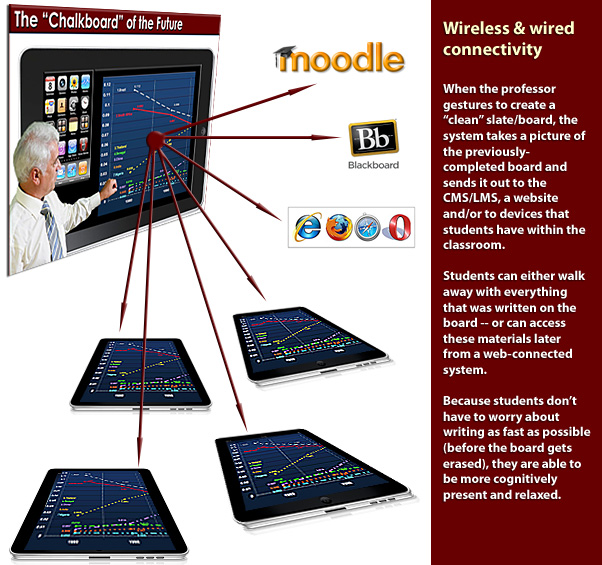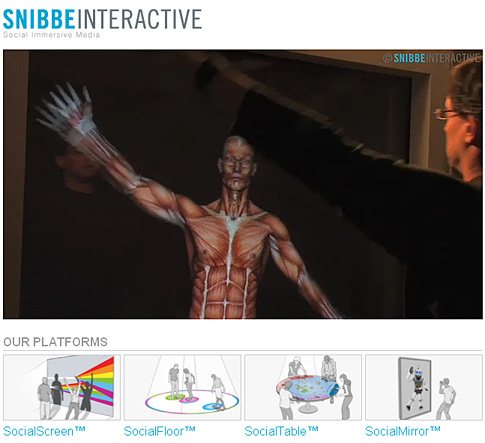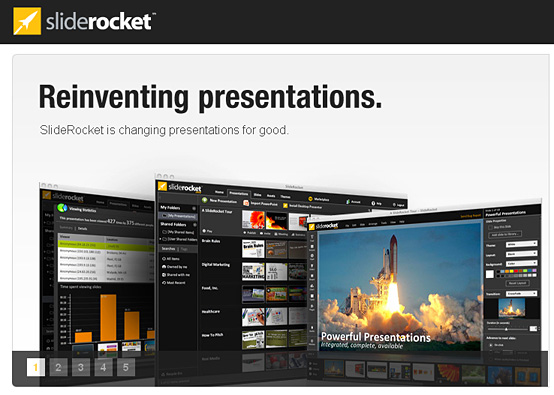Alternatives to Powerpoint: Exploring campus futures — from NITLE
What alternatives to Powerpoint are campuses exploring? NITLE launched a predictions market about this subject, and the results are fascinating.
We picked the following alternative presentation tools after researching via articles, blogs, and Twitter discussions:
- Google’s Presentation tool
Prezi, a Web-based, Flash-powered concept mapping tool.
Keynote, Apple’s presentation tool.
Zoho Show, another browser-based slideshow service.
Wikis, which can be used to aggregate and modify content on the fly.









